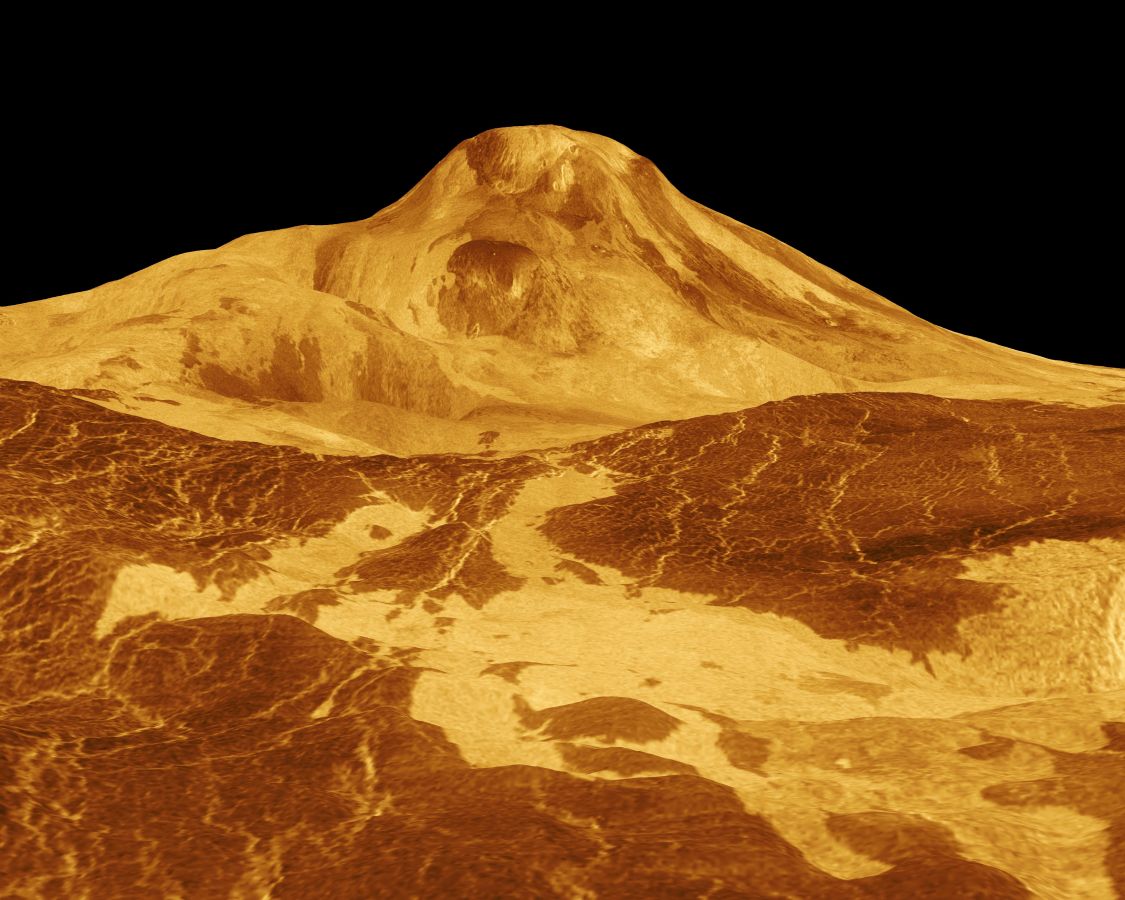It’s been a great start to 2020 as astronomers have already discovered something new about Venus. However, there is so much happening with Venus that it would be sad not to tell the world about it. Let’s jump into 5 things astronomers recently learned about Venus that really surprised them.
Upper Clouds on Venus Are Vastly Different Than Originally Thought

The clouds on Venus are fascinating. They float in the troposphere between altitudes of 47 and 70 kilometres (or 29 and 43 miles) and are divided into lower, middle, and upper layers.
Upper layers are interesting because when the Sun sends its solar energy these clouds absorb them! Not only that but the superrotation (or the circulation of winds at a velocity greater than the surface winds) reaches its fastest speeds! Speeds as fast as 355 kilometres/hour (or 221 miles/hour). And remember how those upper clouds absorb solar energy? Well, it turns out those clouds possess a high amount of a mysterious absorber that is responsible for absorbing more than half of the solar energy on Venus!
The mystery keeps going with something else astronomers discovered. They found the largest stationary cloud ever spotted in the solar system. Stationary clouds are a great cue because it tells scientists that momentum and energy can be transported from the ground up to these clouds. However, what is puzzling is the wind speeds at the ground are a breezy 2-3 kilometres per hour (1.2-1.8 miles per hour). In addition to that, it’s a whopping 70 kilometres (43 miles) trip that momentum and energy have to travel! What’s even more exciting is scientists don’t even see the same effect on the lower clouds. They aren’t stationary at all!
Middle Clouds also Throw More Mysteries at Scientists
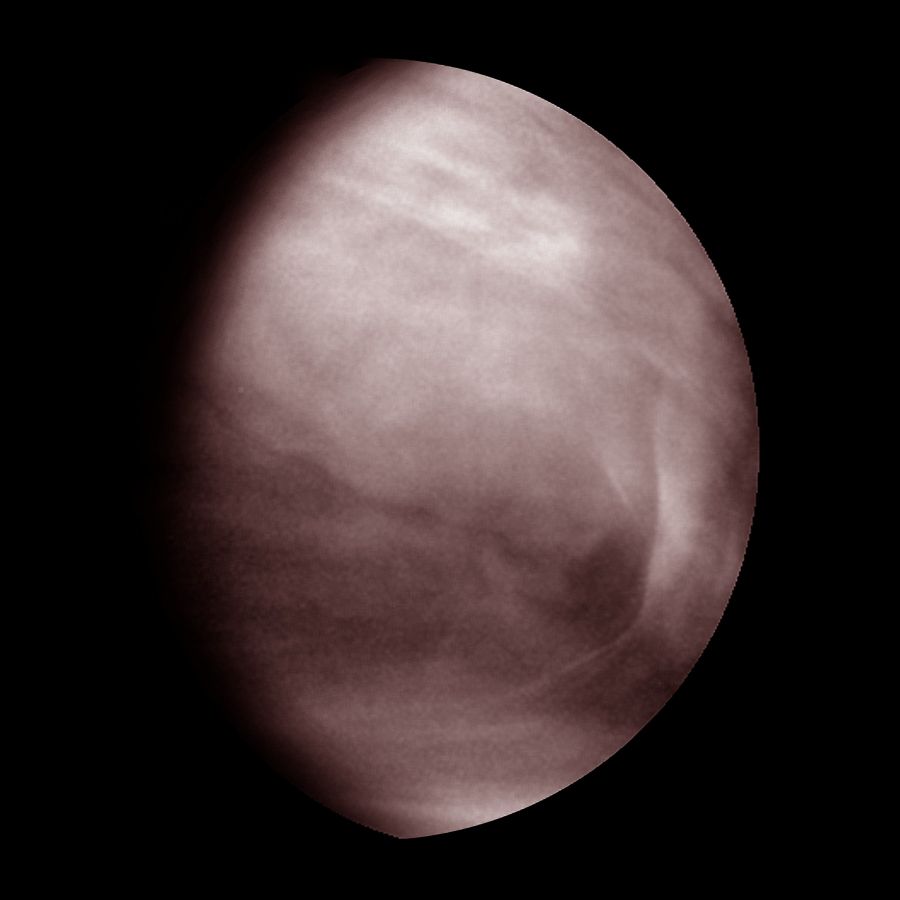
The middle clouds on Venus are also strange in their own way. These clouds are located at an altitude of 50-56 kilometres (31 to 35 miles). What makes these ones odd is their varied brightness from one end to the other. It suggests there is some other atmospheric absorber present. Scientists have also seen their wind speeds change as much as 25% throughout the year!
Lower Clouds Contrast Stark Differences
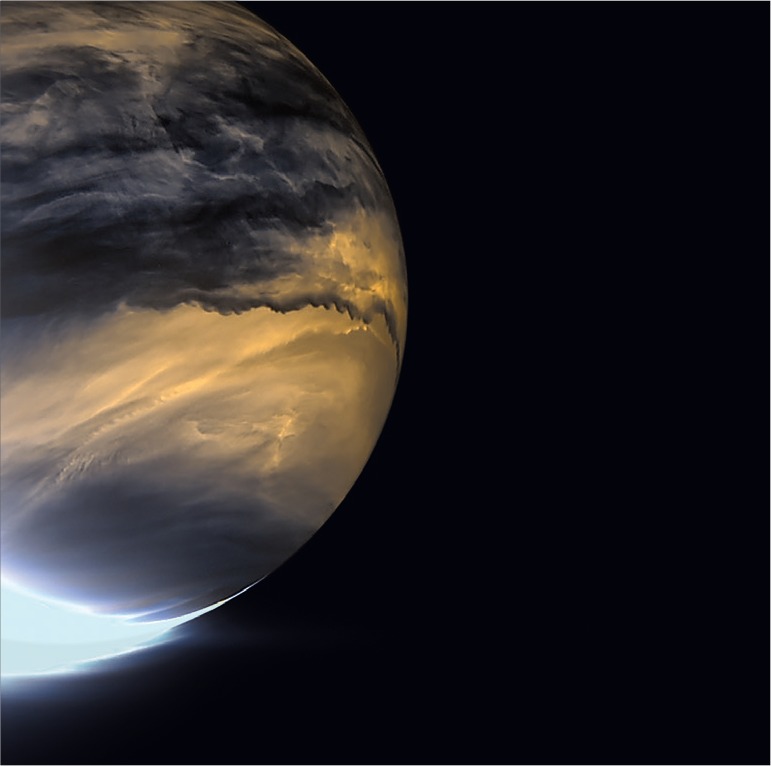
The lower clouds are located at a height of 47-50 kilometres (29-31 miles). You can already see how vastly different they look from the upper clouds. The first thing is towards the equator they are more opaque leaving Venus a dark band and more transparent towards the poles.
The really cool part here is on the border of the large band towards the lower half of Venus. On the bottom side of that band is a nice smooth or wispy area but on the other side, you’ll notice more jagged edges. However, upon closer inspection scientists noticed these are actually vortices! The same we would see on the gas giant Jupiter. The Coriolis effect is what drives Jupiter’s vortices. However, Venus rotates so slowly that it couldn’t have the same cause which leaves scientists wondering.
Venus’ Varied Cloud Patterns Are Jaw-Dropping
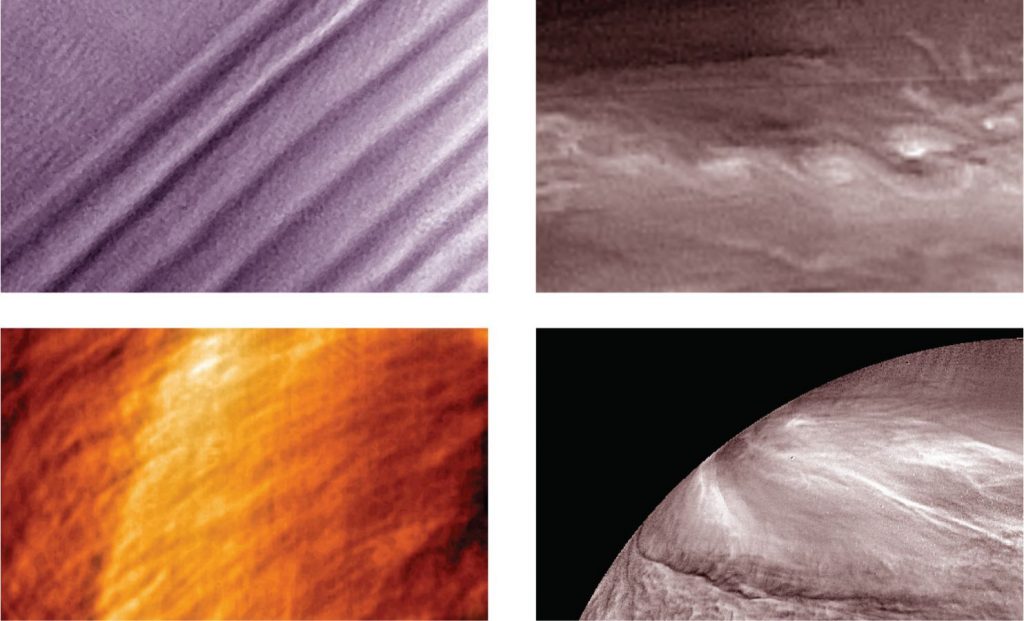
I’m sure by now you feel more knowledgeable around Venus’ clouds. Well, there is still more fun headed your way! Let’s take a look at these 4 photos.
Top left: What you’re looking at are actual gravity waves on Venus’ upper clouds! These were taken in the ultraviolet band.
Top right: Here is a photo of the vortices on Venus located on the lower cloud layer. Comparing it to Jupiter you can see many similarities.
Bottom left: This is the highest resolution image of stationary waves located on the upper cloud layer.
Bottom right: Here is a sharp view of one of the longest cloud patterns ever spotted on Venus. These are literally thousands of kilometres long! They are located on the lower cloud layer.
Venus’ Volcano May be Erupting Now
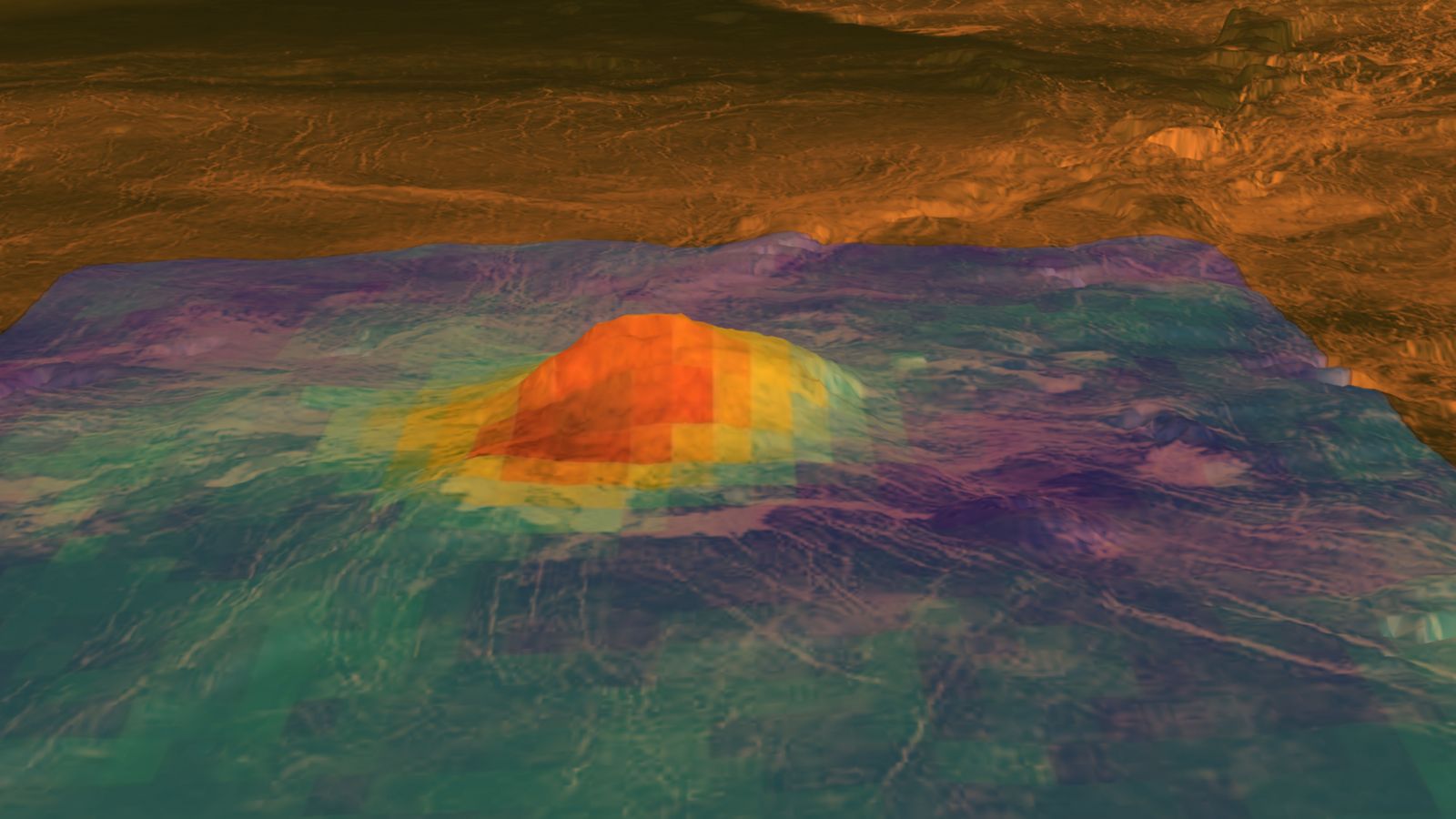
It’s been known since the 90’s that Venus is extremely hot and has volcanoes all over. However, scientists could never see a smoking gun to prove these volcanoes are active. Well, in Jan 2020 scientists took a closer look at a volcanic peak called Idunn Mons. They wanted to understand how recent this volcano is. So a leader scientist by the name of Justin Filiberto ran an experiment that recreated Venus’ environment. He then found olivine a material abundant in basalt rock reacted very quickly and was the smoking gun for Idunn Mons being a recently active volcano.
We obtained VNIR [visible to near-infrared] reflectance spectra of natural olivine that was altered and oxidized in the laboratory. We show that olivine becomes coated, within days, with alteration products, primarily hematite … Our results indicate that lava flows lacking VNIR features due to hematite are no more than several years old.
Therefore, Venus is volcanically active now.
Justin Filiberto URSA
